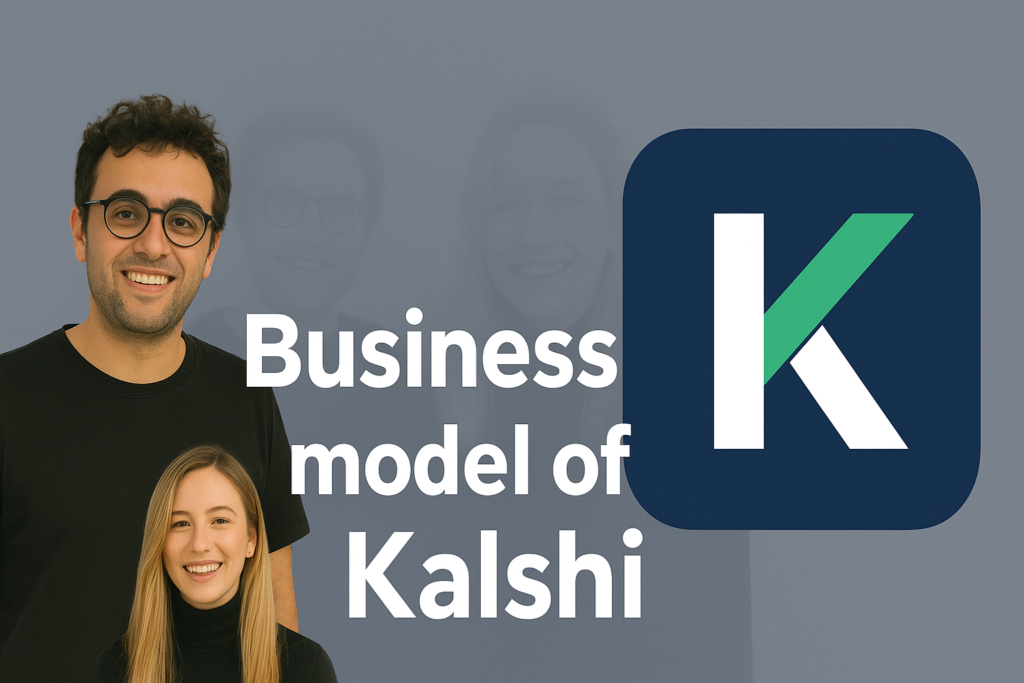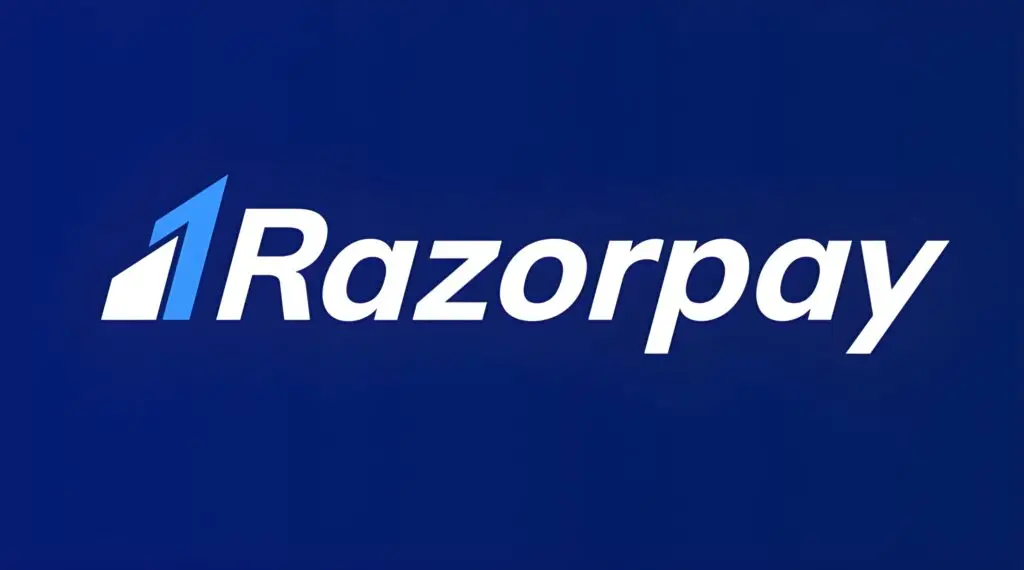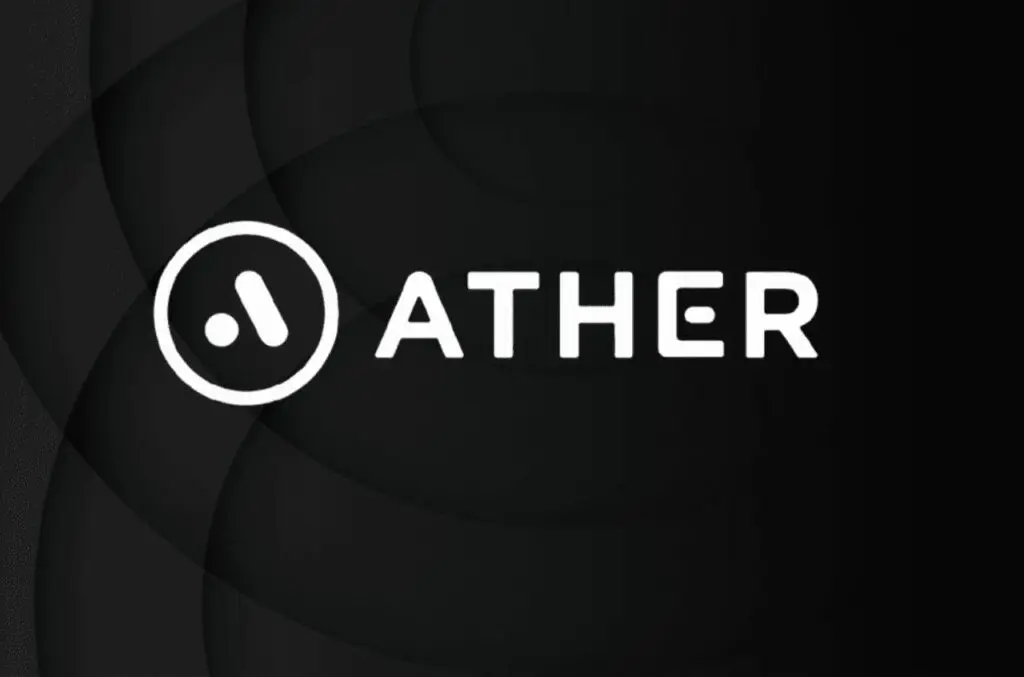| Category | Analysis |
|---|---|
| How Kalshi Started | Founded in 2018 by MIT graduates Tarek Mansour and Luana Lopes Lara, Kalshi secured CFTC (Commodity Futures Trading Commission) approval in 2020 as the first regulated exchange for event contracts in the United States. The founders identified a critical market gap: no legal, regulated platform existed for Americans to hedge against real-world events through financial instruments. |
| Present Condition | Commanding 62% global prediction market share with $50 billion cumulative trading volume. Fresh $300 million Series C funding at $5 billion valuation (doubled from $2 billion in four months). Operating across 140+ countries with regulatory legitimacy that competitors lack. Platform hosts hundreds of thousands of active traders. |
| Future of Company & Industry | Kalshi positions for institutional integration with sophisticated derivative products including options contracts on prediction outcomes. Industry trajectory points toward prediction markets becoming standard financial infrastructure for corporate hedging, portfolio diversification, and information aggregation. Expected annual market growth exceeds 40% through 2030 as regulatory frameworks mature globally. |
| Opportunities for Young Entrepreneurs | Market-making algorithms, prediction market analytics tools, institutional integration APIs, regional compliance consulting, educational platforms teaching prediction market strategies, derivative product development, liquidity provision services, and alternative data aggregation from prediction market signals. Regulatory arbitrage opportunities exist in emerging markets lacking clear frameworks. |
| Market Share of Kalshi | Kalshi: 62% global share. Polymarket: approximately 25-30%. Remaining fragmented among PredictIt, Metaculus, and smaller platforms. Kalshi’s regulatory advantage creates insurmountable moats in US institutional markets where compliance requirements eliminate most competitors from consideration. |
| MOAT (Competitive Advantage) | Regulatory fortress: CFTC approval creates legal monopoly for compliant US event contracts. Network effects: Liquidity attracts traders, creating self-reinforcing dominance. First-mover institutional relationships: Partnerships with traditional finance impossible for offshore competitors. Brand legitimacy: Only mainstream-credible prediction platform for risk-averse capital. Regulatory barriers to entry approach insurmountable for new competitors. |
| Revenue Model Of Kalshi | Transaction fees on all trades (estimated 2-5% per contract). Market-making spreads on illiquid contracts. Premium institutional data feeds selling aggregated prediction signals. Potential future revenue streams: licensing technology infrastructure, providing white-label prediction market platforms, institutional hedging services, and sophisticated derivative products with higher margin profiles. |

My Name is Adarsh and I am Empowering startups with high-quality content at Startups Union and bridging the gap between brand stories.




